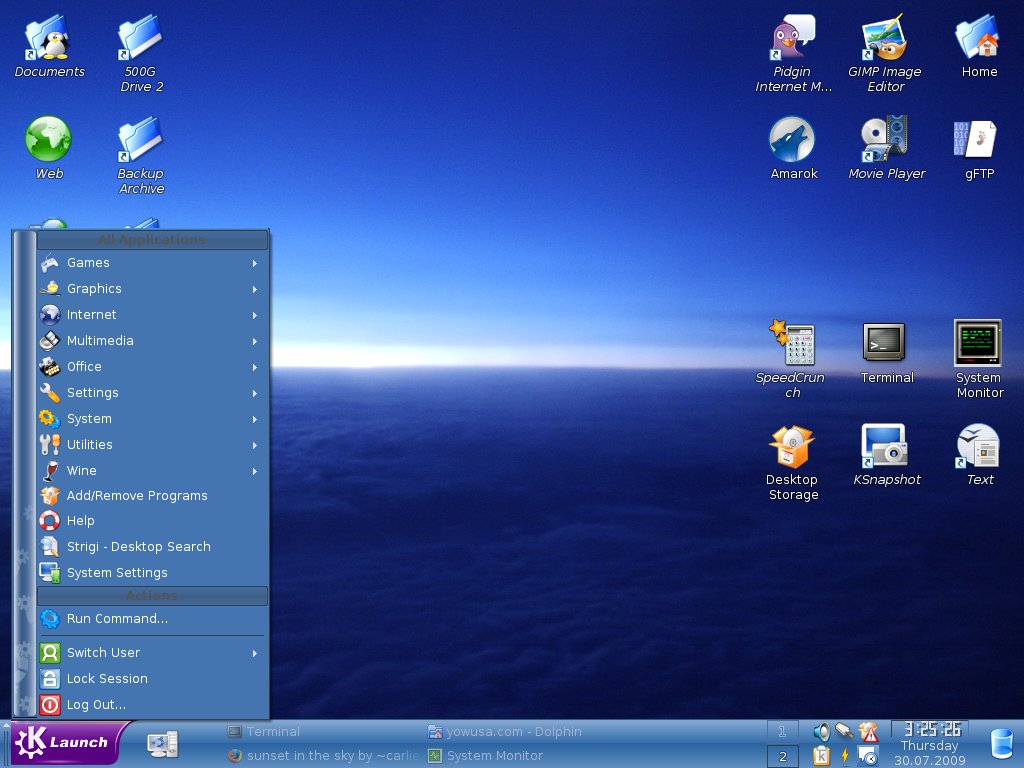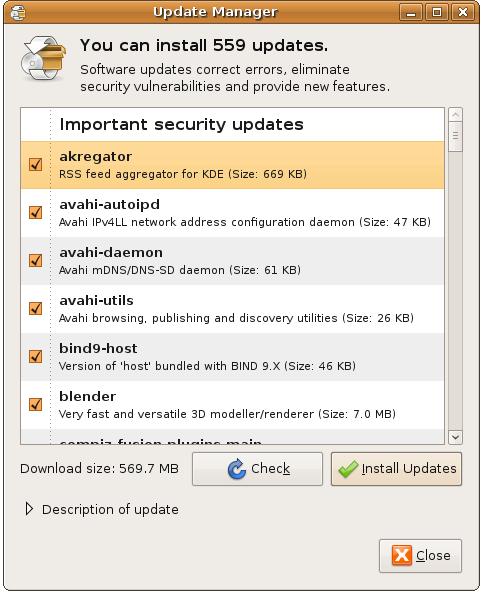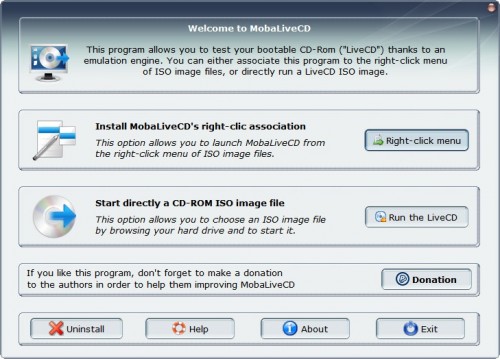Introduction
Created by Linus Torvald in 1991, Linux operating system originated from the previously popular UNIX. During this time, an operating system known as MINIX was under creation, also based on UNIX, but users had to pay to have a copy of this operating system. Therefore, Mr. Torvald designed Linux as an alternative operating system but made it freely available. This led to the creation of the Linux kernel as one of the products from the GNU project. Linux being an open-source system welcomes contributions from the programming community and this has led to its popularity in recent years.

The prominence of Linux and UNIX in today’s business environment
Unlike Windows, Linux OS has no single ownership and is, therefore, diversely used in many business enterprises. Linux is probably the most prevalent OS for the hosting industry with its wide choice of Control panels. Linux platform support is availed by a global pool of advanced developers through online forums, books, internet relay chats (IRC), and other user forums. There is also the provision for the use of professional support but this mainly applies to organizations that depend heavily on the Linux platform. Phone support is availed free of charge on various Linux packages such as Red Hat, and Canonical.
Advantages of a Linux/Unix based server environment
Linux OS outperforms Windows in common applications such as security, reliability, security, price, scalability, and compatibility, among other factors.
Security
Linux OS is currently the most secure OS. Since Linux is open-source software, when a person finds any vulnerability on the system, he simply fixes it and submits the solution to the developers. This stems from the fact that developers can access the Linux code at any time; therefore, it is easy to detect and correct flaws. The users themselves can rectify flaws. Unlike in Windows, malicious programs such as viruses, spyware, malware, worms, adware, etc do not attack Linux OS (Mustonen, 2005). The fact that Linux users do not have root access further reduces the chances of virus attacks. Other security features of the Linux platform over Windows are its regular releases of security patches and updates.
The security feature in Linux operating systems is very important in computer networks. When a server or one networked machine that is using a Window platform fails, the whole network is affected. Besides, when a virus attacks one computer in a network, the rest of the computers in the network are likely to fall, victim. Viruses rarely attack Linux and networks that use it are more stable (Mustonen, 2005).
Software Update Support
Linux OS has a Package Manager that performs all updating tasks (Lemer & Tirole, 2002). The Package Manager also searches for updates for other software and informs a user of their availability. An advantage of the Linux update system is that it searches for updates for most updates and informs the user of their availability who can install them or ignore the notifications. However, updates for Windows applications are a manual process (West, 2003). Linux updates do not require rebooting, except for core operating system updates. Although non-kernel updates may require rebooting, there is usually no need to perform them immediately. Linux packages such as Gentoo and Gobolinux permit a user to run different versions of a program at the same time. Such a provision is not available on the Windows platform.

Reliability
Linux systems can run for many years without crashing or requiring the user to re-install them. Many Linux OS machines have never experienced a crash. Stability is a very important factor for most users, but it is especially useful for businesses and complex organizations for which a crash could lead to the loss of vital and irreplaceable data.
The stability of the Linux OS is due to the separation of the core operating system (kernel) from the Graphic User Interface (GUI) on which applications such as Open Office and Mozilla run. This separation ensures that even if a program crashes, the kernel is not affected. In the rare event that a Linux machine crashes, fixing the problem is possible even without re-installing the whole operating system package (Bonaccorsi & Rossi, 2003).
Linux OS can run more applications at once than Windows; indeed, running several programs on Windows increases the chances of crashing. Next on Linux’s stability is the need for rebooting. While the Windows OS requires rebooting after changing configuration settings, obviously causing downtime, the Linux system does not require a reboot. Nearly all Linux configuration alterations can simultaneously take place while the system is running, as this does not affect other applications. Linux servers do not require regular defragmentation. Finally, a Linux system gives the user the ability to separate the data from the kernel. The advantage of this is that user preferences are protected even if the operating system is to be re-installed. This procedure involves partitioning the home directory (Bonaccorsi & Rossi, 2003).
Cost
One major advantage of the Linux OS is that it is available freely or cheap in commercial packages. One can package a Linux OS with additional applications for commercial purposes. The competing Linux packages such as Open SuSe, Ubuntu, Fedora, etc have slightly different capabilities due to the packaged application. These include commerce solutions, additional hardware drivers, and phone support capability. No rule says restricts developers from packaging and selling the software. However, for people who opt to download and install free distributions from the web, Linux is completely free (Bonaccorsi & Rossi, 2003).
Unlike windows, which is quite expensive since it has sole ownership from Microsoft Corporation, GNU (General Public License) covers Linux operating system; this asserts that developers must issue the software’s source code. This makes it improbable that anyone may have sole ownership of the Linux OS.
Not only is the Linux OS available for free, but the derivative software is also free. While Windows software such as Microsoft Office and Photoshop are available at very high prices, their Linux equals, Open Office and Gimp respectively, are available freely. (Bonaccorsi & Rossi, 2003).
Support
Support in using Linux is easier to find and is mostly free. Support for Linux can be gotten on developers’ websites while advanced information on particular commands, applications, functions, libraries, and file systems is obtainable on offline pages. Besides, major applications frequently come with instructional documents and notes on troubleshooting (Bonaccorsi & Rossi, 2003).
File Systems
Linux OS has more file access capability as it can read more than one hundred file formats while Windows OS only supports its two file formats. While this may not be important to most persons, it is a very useful feature for persons who work in a mixed environment or need to use information from another hard drive formatted using a different operating system. Some Linux distributions even have support for Windows applications (Bonaccorsi & Rossi, 2003).
Device Drivers
Linux OS distribution package contains drivers for most applications and programs. They are loaded onto the system while installing the operating system; this allows a user to begin using most applications as soon as the installation is complete. If a user moves a current installation of Linux into a new machine or alters other components, the OS will sense this and configure the new hardware (Bonaccorsi & Rossi, 2003).
Run Linux without installation
Unlike windows installation that requires a hard disk, Linux OS is easily portable as it can install on portable memories such as a flash drive. A user may also opt to avoid this and instead, run the operating system from a Live CD, a live CD allows users of other operating systems to experience Linux on their machines. However, not all Linux packages have a Live CD capability; the few versions that can run from the CD include Ubuntu and Open SuSe. The ability of a Linux CD to run from a flash drive or CD is very important. First, a user can check whether the computer system supports a particular version of Linux. Secondly, some Live CDs use the hard disc without ever writing anything on it, this makes the Live CD a safe and easy way of experiencing Linux. Finally, the feature can help a user to recover data in case a Windows OS system crashes and is not able to start up. The latest versions of live CDs can ‘see’ all Windows files and move them into a flash drive or external hard drive (Bonaccorsi & Rossi, 2003). Below is an example of the GUI for running a Live CD.

Disadvantage
Ease of Use
Although the majority of Linux/Unix developers have greatly improved to ease the use, most applications are still not user-friendly. Only developers best understand most Linux/Unix software.
Availability and compatibility of business application software
Linux OS offers a guaranteed platform to businesses because it does not have sole ownership. Due to this reason, it cannot go out of business operation. The GPL (Linux General Public License) guarantees the provision of the development/maintenance so long as Linux users are available. Although Linux does not own as abundant users as Windows, Linux OS is competitive based on its ability to operate on single-processor systems as well as systems that exceed 2 GB RAM. Linux runs all the common UNIX packages and can process common file formats.
Configuring a TCP/IP connectivity for Linux server
- Place the network adapter card and run the program called mod cons. This enables you to specify the card driver that your machine operates. To log in, simply type root and then type the command mod cons
- If necessary, you can change the system hostname specified during the installation process. Edit the /etc/hostname file using the ae editor
Server Name Specification
The TCP/IP address for the system’s servers is found in the /etc/resolve.conf file which can also be edited using ae editor command. To identify the server name, type a command line of the following form:
nameserver
xxx.xxx.xxx.xxx
The xxx.xxx.xxx.xxx donates the IP address number (network address) for the name server; for instance 192.168.1.1. Include at least three lines of this format. When the system wants to determine an IP address, it will contact the specified name server in the first line. When the specified server is not available, the system will contact the specified name server in the second line, if available. If this is still not available, the system will contact the specified name server in the third line, if available. The example below shows how a local area network appears in the /etc/init.d/network file, which can easily be edited.
#! /bin/sh
inconfig lo 127.0.0.1
route add -net 127.0.0.0
IPADDR=192.168.1.10 (This specifies the system’s network address)
NETMASK=255.255.255.0 (This specifies your network address indicating 32-bit network address)
BROADCAST=192.168.1.255 (This specifies sender-host address donated by 255)
GATEWAY=192.168.1.1 (Specifies the gateway TCP/IP network address used by your machine)
Conclusion
While Windows OS has replaced Mac OS as the most popular operating system, Linux has fought back and sustained its position as the most popular open-source operating system. Both systems have moved away from the computer market and have recently featured strongly in the mobile phone and tablet PC markets, on this platform, Linux (through the Android OS) has beaten Windows (Windows 7 Mobile) fair and square.
The two operating systems differ on many grounds: cost, reliability, portability, support, stability, scalability, and philosophy, with each aiming to improve on its perceived weaknesses. However, a comparison of common application and computing abilities illustrates Linux’s superiority over Microsoft’s Windows.
References
Bonaccorsi, A. & Rossi, C. (2003). Why Open Source software can succeed. Open Source Software Development, 32(7), 1243-1258.
Lemer, J. & Tirole, J. (2002). Some simple economics of open source. Journal of Industrial Economics, 50(2), 197-234.
Mustonen, M. (2005). When does a firm support substitute open source programming? Journal of Economics and Management Strategy, 14(1), 121-139.
West, J. (2003). How open is open enough: Melding proprietary and open source platform strategies. Open Source Software Development, 32(7), 1259-1285.